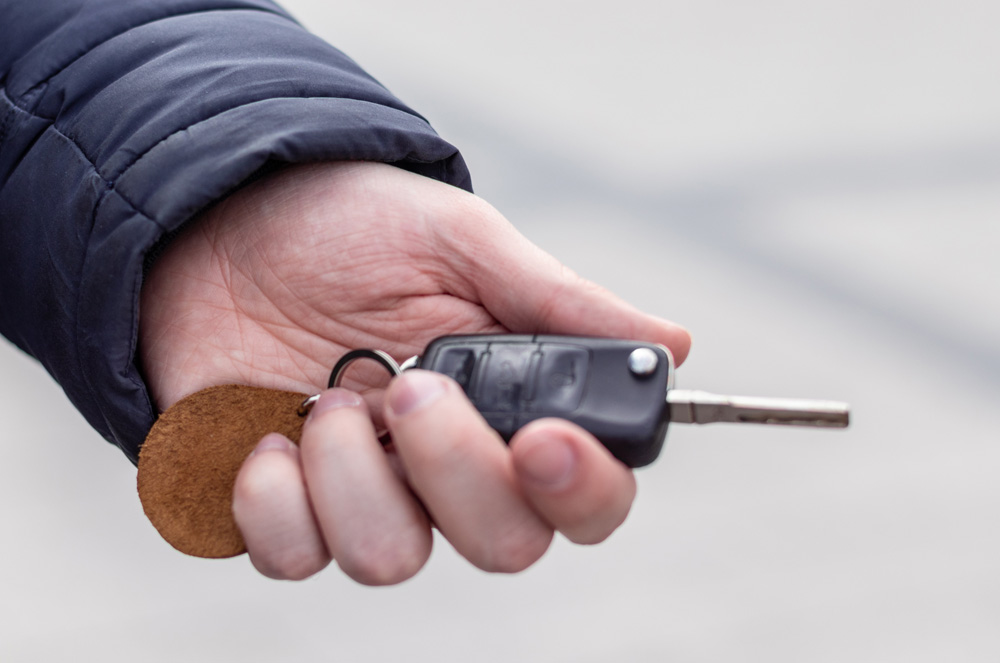As part of being on the Department of Consumer Affairs BHGS Advisory Council, I sit in and advise on the conversations that shape how California’s ignition interlock program continues to evolve. At this week’s meeting, one of the items on our agenda was Assembly Bill 366. It wasn’t a major point of debate, but it’s an update that matters for everyone connected to this field, from those using interlocks to the people who install, monitor, and oversee them. I wanted to share a quick summary of what was discussed and what this bill means moving forward.
A Quick Refresher on AB 366
AB 366, introduced by Assemblymembers Petrie-Norris and Ransom, focuses on continuing California’s ignition interlock device (IID) program. The program was originally scheduled to expire in January 2026. This bill extends the program through January 1, 2033, giving state agencies more time to analyze data, assess outcomes, and make informed updates down the road.
For those of us who work with these systems every day, this means stability. The existing structure stays in place for several more years, allowing both service providers and drivers to continue under the current framework without sudden changes or uncertainty.
Judicial Discretion Stays the Same
One of the questions around AB 366 was whether it would make interlocks mandatory for every DUI. Earlier drafts leaned that direction, but the final version keeps things as they are for now.
Judges will continue to have discretion in deciding when to order an IID for first-time DUIs. Cases involving injury or multiple DUIs will still result in mandatory installation, but for first-time cases, the courts can look at individual circumstances before deciding.
In other words, there’s no sweeping new requirement. The goal at this time seems to be consistency and clarity, not expansion.
Improving Oversight and Coordination
Another part of the discussion focused on program oversight. AB 366 updates several procedures around monitoring and service to make sure the system runs as smoothly as possible.
It includes:
- Regular service of devices, typically every 60 days.
- Prompt reporting to the DMV if a device is removed or tampered with.
- Closer coordination between service centers, the Bureau, and law enforcement agencies.
These updates might sound technical, but they’re important. They keep the program reliable and uniform across California’s many service locations, helping everyone; drivers, installers, and regulators stay on the same page.
Continued Cost Support
The affordability piece of the program remains in place. California’s ignition interlock system uses an income-based sliding scale that helps reduce installation and maintenance costs for qualifying drivers.
Manufacturers and service providers continue to share those costs, ensuring the program stays accessible regardless of someone’s financial situation. While the process isn’t perfect, the fact that it remains unchanged under AB 366 shows a continued commitment to keeping the system affordable and workable.
Licensing and Compliance Clarity
The Bureau also highlighted one reminder during the meeting, and it’s an important one. Only licensed electronic repair dealers can install or service ignition interlock devices under California’s Business and Professions Code, Section 9807.
That distinction helps protect consumers and ensures that everyone performing installations meets state standards for safety and accountability. For those of us who do this work every day, it reinforces what professionalism and compliance look like in practice.
A Steady Step Forward
AB 366 isn’t a big overhaul, and that’s actually a good thing. It keeps the structure familiar, reinforces oversight, and provides a long runway for future evaluation. It also gives the Bureau, DMV, and interlock providers a chance to focus on quality and consistency rather than rushing to adapt to new regulations.
From my perspective, it’s a practical move. The state gets the time and data it needs to evaluate long-term outcomes, and the industry gets the stability it needs to keep improving how we serve drivers.
The Takeaway
AB 366 extends California’s ignition interlock program through 2033, maintains judicial discretion, keeps cost assistance in place, and strengthens procedural consistency. It’s a straightforward continuation that benefits both the public and the professionals who keep the program running safely.
Not every legislative update needs to be dramatic to matter. Sometimes, steady and predictable is exactly what keeps things working.
For Reference
The official meeting materials for the October 16, 2025 DCA BHGS Advisory Council meeting are available on the BHGS website at:
https://bhgs.dca.ca.gov/about_us/meetings/index.shtml
Recordings of BHGS Advisory Council meetings are typically posted on the California Department of Consumer Affairs YouTube channel at:
https://www.youtube.com/@CaliforniaDCA
Once the October 16 meeting video is available, it will appear there.
